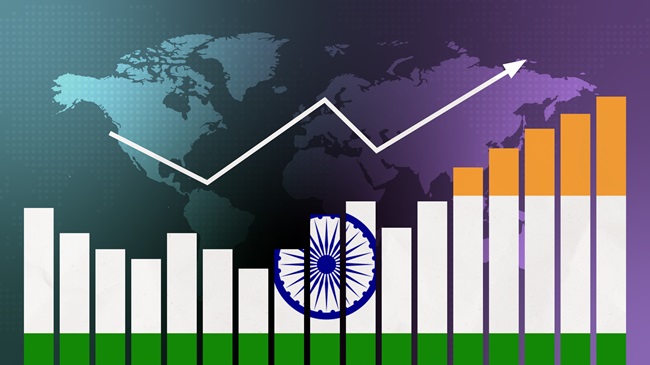Dec 25, 2025
Dec 25, 2025
The April-March Symphony
Can the rhythm of an economy be defined by the spin of a calendar wheel? Can the timing of a financial year make a difference in the success and stability of an entire nation? What if that nation is India, a subcontinent of diversity and extremes? Let us delve into India's unique financial cadence, the April-March financial year, and explore how this seemingly mundane decision becomes a crucial player in the nation's economic symphony.

The financial year, often seen as an accounting necessity, transcends beyond mere bookkeeping in the Indian context. It is like the rhythmic cycle in an orchestral symphony, setting the pace and tone for the entire economy. And, like a seasoned conductor, India has chosen the beat of April-March for its fiscal year, a decision with deep-rooted historical, administrative, and economic significance.
The echoes of the colonial era still resonate within the Indian financial system. Introduced during the British Raj, the April-March financial year aligned India with its colonial master's fiscal calendar. This inherited practice, much like the English language and the railways, has endured, outliving the period of colonial rule itself.
India, often described as a land fed by monsoons and agriculture, sees the fiscal rhythm aligning with its agrarian heartbeat. The April-March cycle marks the time when the farmer, after harvesting his bounty, can account for his earnings and pay his dues. It's a cycle that ensures a true reflection of the nation's agrarian income and consequential tax implications.
Not to be overlooked is the administrative convenience. It's a framework allowing the government, businesses, and individuals to assess, plan, and prepare. The timing aids in efficiently collecting taxes, drafting budgets, and strategizing expenditures, all the while ensuring minimal disruption to the economy.
The alignment of India's fiscal year with several other global economies also plays a key role in this choice. Just as an orchestra aligns with the conductor's baton, India's financial year in sync with international timelines eases global trade, financial reporting, and coordination with world institutions, fortifying India's position in the global economic ensemble.
Last but not least, the power of continuity and stability in maintaining the financial rhythm cannot be underestimated. The April-March cycle, now an integral part of the Indian economic fabric, is a familiar tune. To change it would necessitate a significant adjustment across sectors, potentially causing discord in the otherwise harmonious symphony.
So, we end where we began, but with a newfound understanding. Could the rhythm of an economy be defined by the spin of a calendar wheel? Perhaps it can. For India, the April-March financial year is more than just dates on a calendar; it's a rhythm aligning the nation's economic, agricultural, and administrative operations. As you mark the start of the next financial year, pause and reflect on this symphony of timelines. Does your financial year align with the rhythm of your life, your work, your nation? And should it? As with all great symphonies, the echoes of these questions linger, inviting us to ponder the intricate ties between time and economy, between calendar and country.
Image (c) istock.com
30-Dec-2023
More by : P. Mohan Chandran